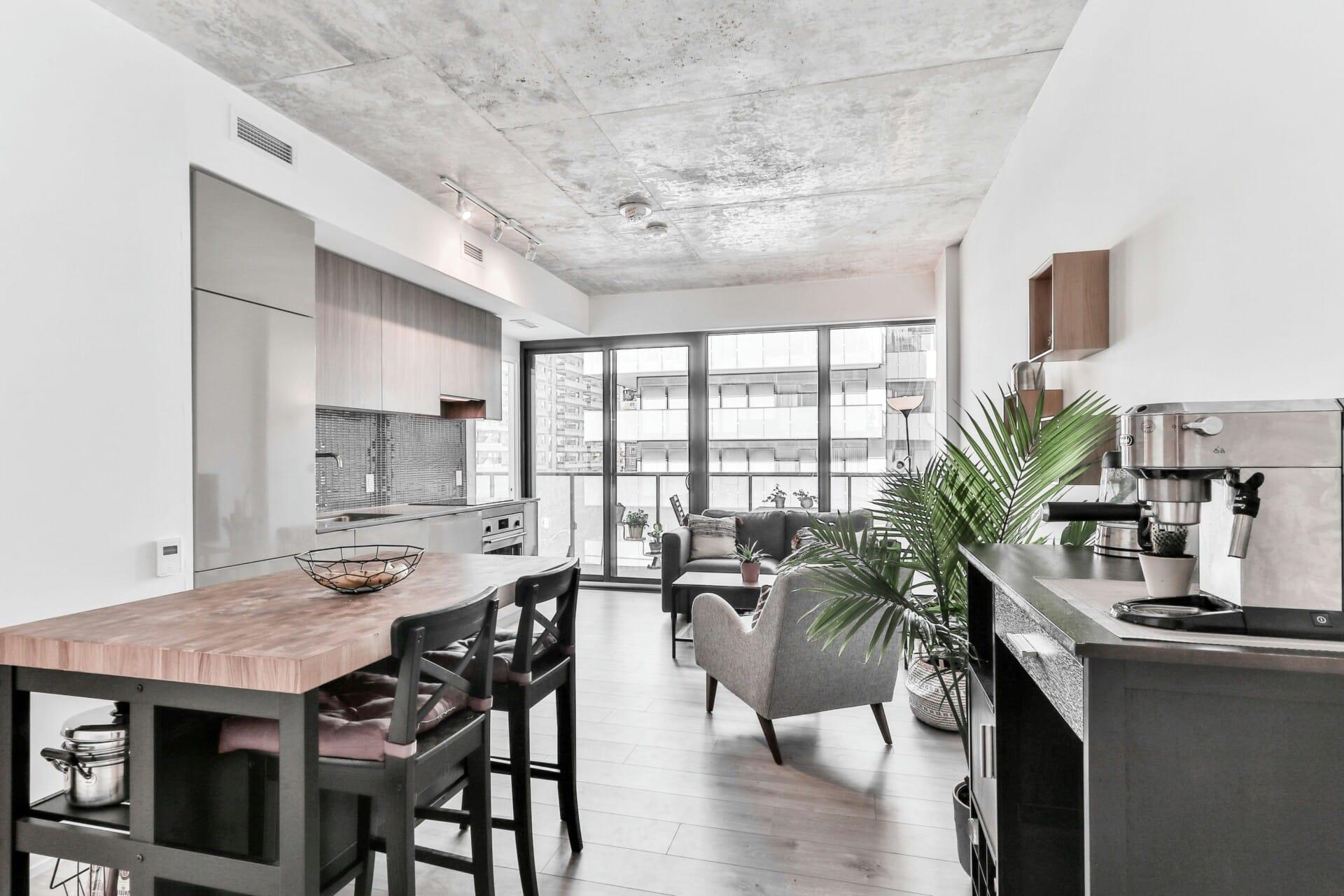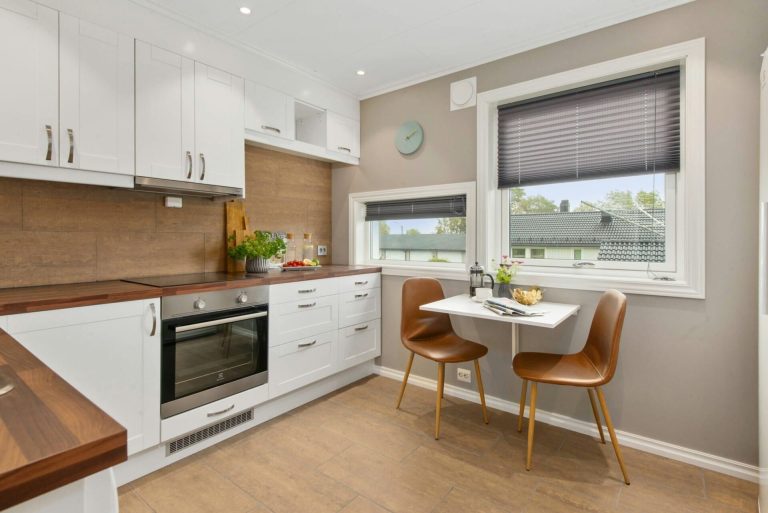Hey there, fellow home builders and dream chasers! 🏡 So, you’re diving into the exciting world of home construction, huh? Kudos to you! But let’s be real—building your dream home can be a rollercoaster ride of stress, excitement, and sometimes a little confusion. Enter the superhero of the construction world: progress billing!
Now, you might be wondering, “What’s progress billing?” Don’t worry, we’ve got you covered! In a nutshell, it’s a payment method that helps keep your project moving smoothly and on schedule. Whether you’re in bustling Kuala Lumpur or tranquil Penang, this approach is designed to make your life easier as you navigate the construction phase.
In this article, we’ll break down how progress billing works, why it’s crucial for your project’s timeline, and how it can save you from those pesky budget surprises. So grab a cup of teh tarik, sit back, and let’s explore how this handy method can keep your home construction on track! 📈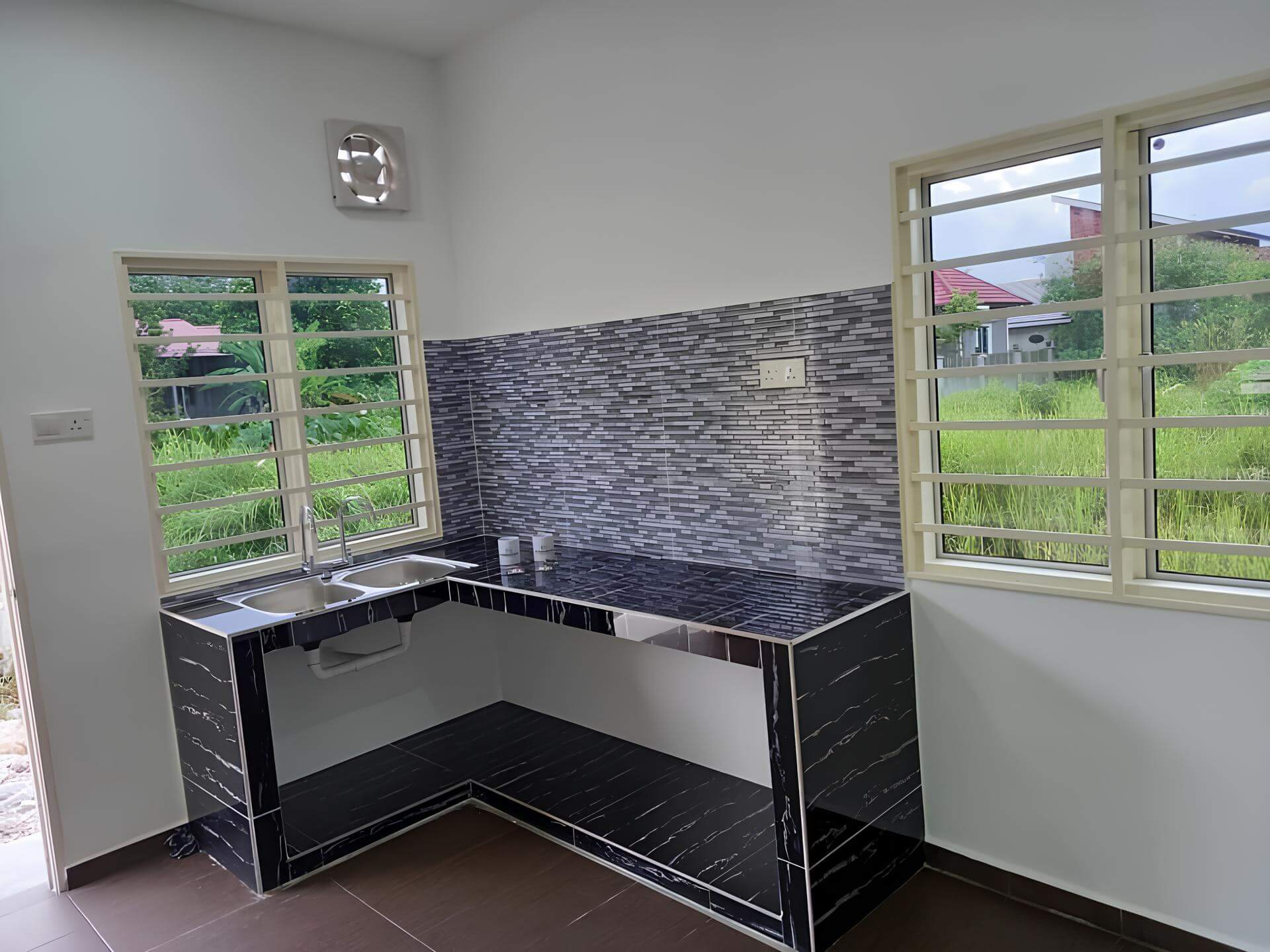
Understanding Progress Billing and Its Role in Home Construction
Progress billing is a game-changer in the world of home construction, allowing homeowners and contractors to maintain financial clarity and avoid unpleasant surprises. This method involves breaking a project down into defined phases, where payments are made as each phase reaches completion. This structure helps homeowners manage their budgets wisely and ensures that contractors maintain their cash flow, keeping projects on track without unnecessary delays or disputes.
Here’s how progress billing typically works:
- Initial Deposit: Usually required before construction begins, this secures your contractor’s services.
- Milestone Payments: As different stages of construction, such as foundation work, framing, or roofing, are completed, payments are made based on the percentage of work done.
- Final Payment: This is settled upon project completion, ensuring the home is up to your expectations before finalizing the deal.
Using progress billing not only streamlines the payment process but also establishes trust between homeowners and contractors. It provides transparency by clearly outlining what has been completed and what remains, fostering positive communication. By adopting this strategy, both parties can easily track the project’s progress, allowing for adjustments or discussions should challenges arise, ultimately ensuring that your dream home remains on schedule.
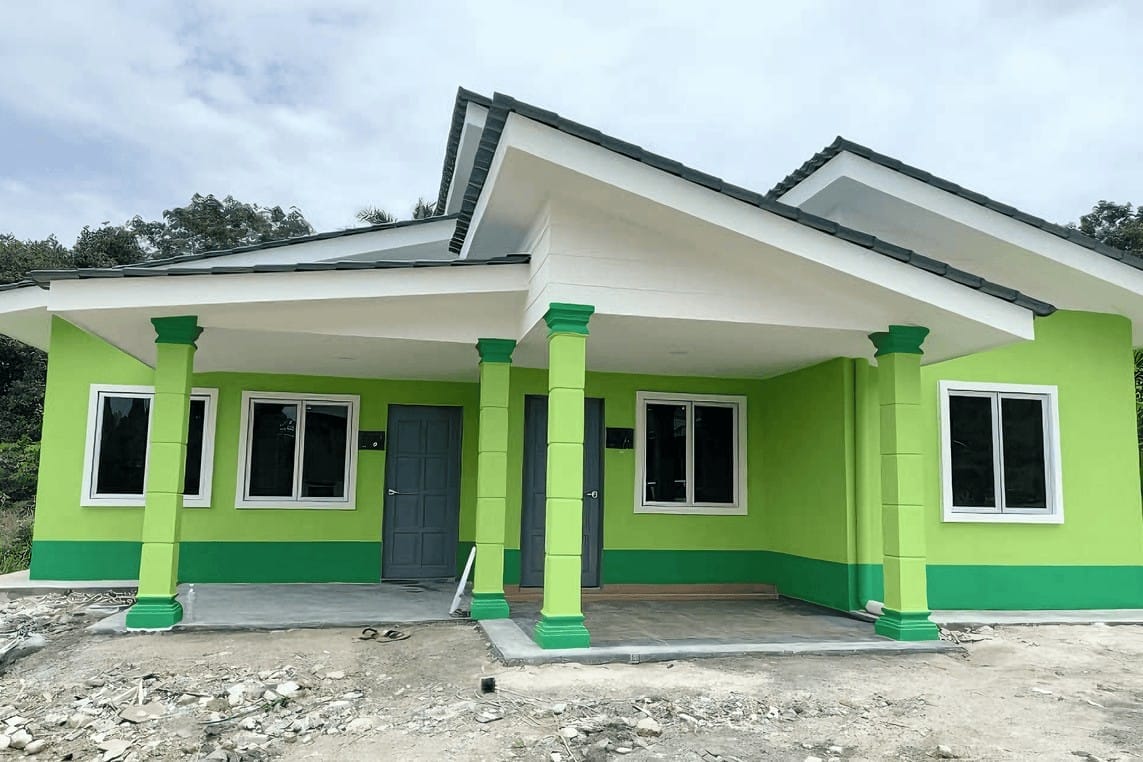
Streamlining Cash Flow with Scheduled Payment Structures
One of the best ways to keep your construction projects moving smoothly is by implementing a payment structure that aligns with each stage of your work. By adopting a progress billing system, you can ensure that both contractors and homeowners are on the same page regarding finances. Breaking the payments into chunks not only helps in managing cash flow but also strengthens the trust between both parties. Here are some benefits:
- Easier budgeting: Knowing what to expect financially at each stage allows for better planning.
- Reduced financial strain: Payments are made right after completing significant milestones, alleviating financial pressure.
- Increased accountability: Progress payments encourage contractors to stay punctual and deliver quality work at each phase.
When designing your payment schedule, consider using a table that outlines key milestones against their corresponding payment percentages. This approach provides clarity and strengthens communication, ensuring everyone involved knows what’s expected. For example:
| Milestone | Payment Percentage |
|---|---|
| Foundation Completion | 20% |
| Framing Completion | 30% |
| Roof Installation | 20% |
| Final Walkthrough | 30% |
With clear milestones and payment percentages, both parties can track progress and make adjustments if necessary. This structure not only helps in managing cash flow effectively but also fosters collaboration and transparency throughout the construction process. When everyone knows what to expect and when, it becomes much easier to keep everything on track.

Enhancing Project Transparency Through Detailed Invoices
In the world of construction, communication is key—especially when it comes to keeping track of costs and responsibilities. Detailed invoices can bridge the gap between project expectations and reality, ensuring everyone is on the same page. By providing a comprehensive breakdown of expenses, these invoices help homeowners understand where their money is going, enabling them to make informed decisions throughout the project. This clarity instills confidence and helps to prevent disputes that can lead to unnecessary delays.
When invoices are detailed and itemized, they serve multiple purposes. Not only do they outline the costs associated with labor and materials, but they can also include timelines and progress reports. Here are some things you might find in a well-detailed invoice:
- Labor Costs: Breakdown of hourly rates and hours worked.
- Material Expenses: Specific items purchased with relevant prices.
- Progress Milestones: Indication of completed tasks and upcoming work.
- Payment Schedules: Clear timelines for payments based on progress.
Moreover, transparency in invoicing enhances trust between homeowners and contractors. Consider providing a sample table that showcases how to format billing clearly and effectively:
| Item Description | Quantity | Unit Cost (RM) | Total Cost (RM) |
|---|---|---|---|
| Concrete | 10 m3 | 200 | 2000 |
| Brick | 1000 | 0.50 | 500 |
| Labour | 100 hours | 25 | 2500 |
This example clearly lays out the costs involved, making it easier for homeowners to see where their money is allocated. By enhancing project transparency in this way, you can ensure that the construction journey remains smooth, understandable, and ultimately successful.

Mitigating Risks of Cost Overruns with Milestone Payments
One of the most effective ways to manage budget concerns during a construction project is through milestone payments. Instead of paying a lump sum at the beginning or in evenly distributed payments, you can break the payment schedule down into specific phases. This approach ensures that funds are only released when certain stages of the project are completed. Not only does this maintain cash flow, but it also incentivizes contractors to stick to deadlines, significantly reducing the risk of cost overruns.
When setting up a milestone payment structure, clarity is key. It’s vital to define what constitutes the completion of each milestone explicitly, eliminating any ambiguity. Consider using a checklist that outlines the deliverables for each stage, such as:
- Foundation Completed
- Roof Installed
- Electrical Work Finished
- Final Inspections Passed
This way, both parties know what to expect before any financial exchanges occur, keeping everyone accountable and closely monitoring the project’s progress.
Furthermore, it’s essential to maintain open communication throughout the project’s duration. Regular check-ins can help identify potential issues before they escalate, allowing for timely adjustments. Think about establishing a simple table to track milestones and payments:
| Milestone | Completion Date | Payment Amount |
|---|---|---|
| Foundation Completed | DD/MM/YYYY | RM X,XXX |
| Roof Installed | DD/MM/YYYY | RM X,XXX |
| Electrical Work Finished | DD/MM/YYYY | RM X,XXX |
| Final Inspections Passed | DD/MM/YYYY | RM X,XXX |
This structured approach can help mitigate risks associated with cost overruns, ensuring your home construction project remains on track and within budget.
Fostering Positive Relationships with Contractors and Builders
Building a home is a collaborative journey, and developing a strong rapport with your contractors and builders is essential for a smooth process. When both parties are on the same page, communication flows more freely, making it easier to address concerns and manage expectations. Consider implementing tools that promote transparency and dialogue, such as regular check-in meetings or collaborative platforms. Cultivating a sense of teamwork can spark creativity and problem-solving, allowing everyone to contribute to the project’s success.
It’s important to remember that your contractors and builders are not just service providers; they are your partners in turning your vision into reality. One effective way to nurture this partnership is through progress billing. By using this method, you ensure that payments are tied to specific milestones or phases of the construction project. This way, everyone stays motivated, as they can see the tangible results of their efforts reflected in the payments. It’s a win-win situation that fosters accountability while keeping the project on track.
To make progress billing work harmoniously, consider outlining clear expectations and deliverables upfront. A simple table can help everyone visualize the project timeline and associated payments:
| Milestone | Description | Payment Percentage |
|---|---|---|
| Foundation | Completion of groundwork and foundation setting | 20% |
| Framing | Walls, roof framing, and external structures< | 30% |
| Utilities | Installation of plumbing, electrical, and HVAC | 20% |
| Finishing | Interior finishes and landscaping | 20% |
| Final Inspection | Completion of final walk-through and corrections | 10% |
By aligning your goals and payment schedules, you create a dynamic environment where both you and your builders feel invested in seeing the project reach its finish line. Healthy communication and collaborative planning will keep your construction project on track, ensuring that your dream home becomes a reality without unnecessary hiccups.
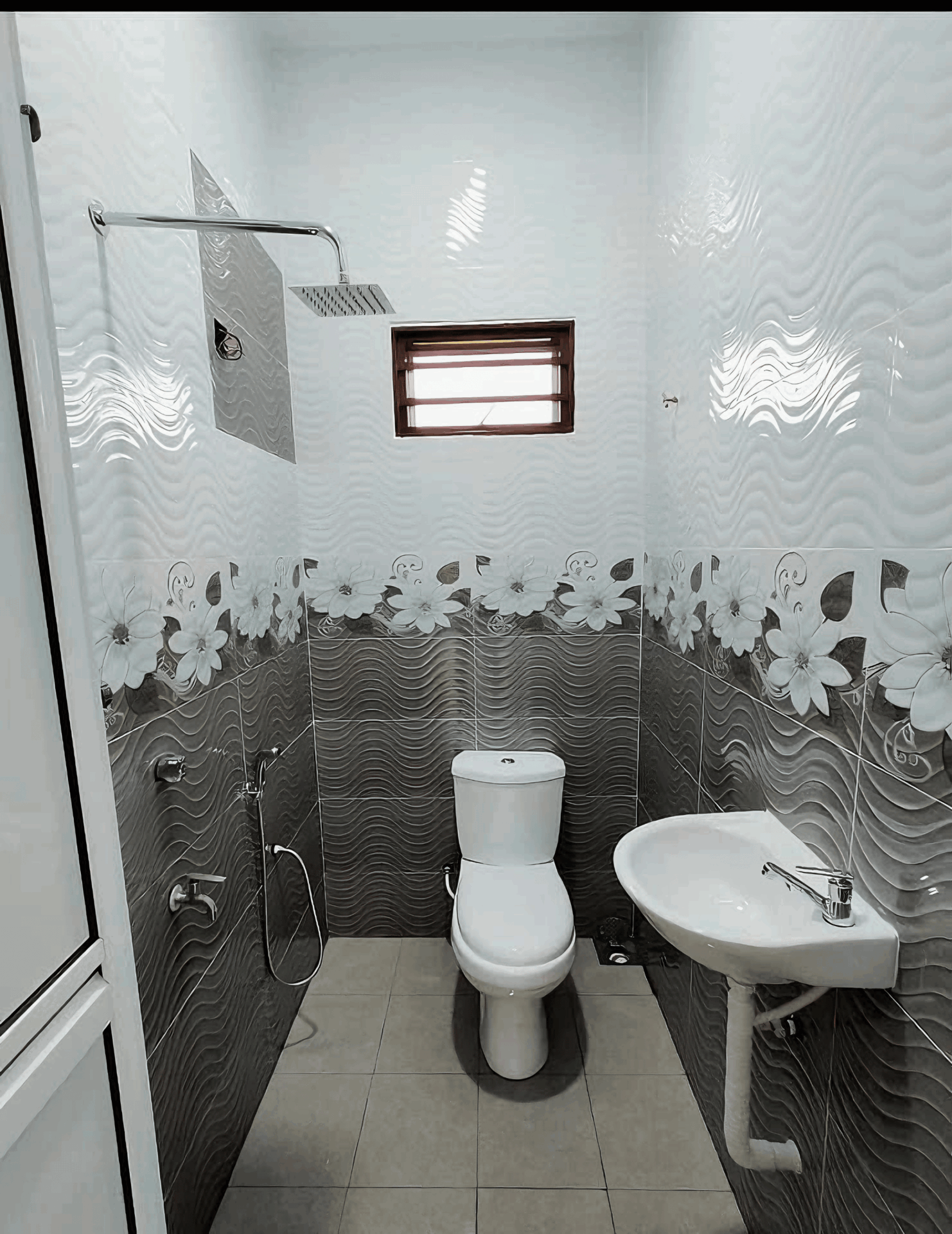
Navigating Change Orders: How Progress Billing Adapts
Change orders are an inevitable part of any construction project, particularly in the dynamic environment of home building. The beauty of progress billing lies in its adaptability to these changes. When a homeowner decides to tweak designs or make adjustments after the initial plans, progress billing allows for transparent financial tracking. Instead of surprising bills at the end of the project, each change is re-evaluated and billed in real time, meaning you can see how your decisions impact the overall budget simultaneously.
This system works wonders for fostering communication between homeowners and contractors. With progress billing, there’s a continuous dialogue about what adjustments are feasible and what costs are associated. This collaboration helps set clear expectations, preventing misunderstandings. Here are a few key benefits:
- Transparency: Homeowners know exactly what they are paying for.
- Flexibility: Adjustments can be made without derailing the entire project.
- Budget Control: Real-time updates keep spending in check.
Moreover, adapting progress billing to accommodate change orders ensures that all parties stay aligned on project timelines. By structuring payments around project phases adjusted for any change orders, contractors can maintain momentum even with added complexities. Below is a quick overview of how changes can affect the billing process:
| Change Type | Impact on Timeline | Billing Adjustment |
|---|---|---|
| Minor Design Alteration | 1-2 days delay | Small additional fee |
| Material Upgrade | 1 week delay | Moderate increase in cost |
| Structural Changes | 2-3 weeks delay | Significant adjustment required |

Implementing Progress Billing in Your Construction Contract
Progress billing is a game-changer for managing finances during the home construction process. By breaking down payments into smaller, manageable parts, it helps ensure that you’re only paying for completed work. This way, both the contractor and homeowner can maintain clear visibility on the project’s financial aspects. Instead of hefty upfront payments, you can easily budget your finances month by month or stage by stage, providing a more transparent approach to how your money is being spent.
To effectively implement progress billing in your construction contract, consider the following steps:
- Establish Milestones: Clearly outline the specific stages of your project, such as foundation, framing, and finishing. These milestones help define when payments are due.
- Document Deliverables: Ensure each milestone is backed with appropriate documentation (like photos or inspections) confirming that the work meets agreed-upon standards before processing payments.
- Set Payment Percentages: Allocate a percentage of the total contract cost to each milestone, ensuring that payments reflect the progress of work accurately.
Here’s a simple example of how to structure your progress billing schedule:
| Milestone | Completion Percentage | Payment Due |
|---|---|---|
| Foundation | 20% | RM 20,000 |
| Framing | 30% | RM 30,000 |
| Electrical & Plumbing | 25% | RM 25,000 |
| Finishing | 25% | RM 25,000 |
Implementing this method not only helps in maintaining cash flow but also fosters a trusting relationship between you and your contractor. You’ll be less likely to face disputes over payments since everything is tied directly to the tangible progress of your construction project. This collaborative process is essential for keeping your home construction on track, ensuring that both parties are satisfied and informed throughout the journey.

Key Takeaways for Homeowners: Maximizing the Benefits of Progress Billing
Understanding progress billing is crucial for homeowners looking to maintain momentum in their construction projects. With this method, payments are made based on the percentage of work completed rather than upfront costs. This means you can keep an eye on your budget while ensuring the project stays on schedule. Consider these benefits:
- Transparent Expenses: You’ll know exactly what you’re paying for at each stage.
- Cash Flow Management: Smaller payments allow for easier financial planning.
- Quality Assurance: Payments tied to progress motivate contractors to uphold quality and timelines.
To get the most out of progress billing, engage closely with your contractor and set clear expectations. Communication plays a huge role in preventing misunderstandings. Draft a detailed payment schedule that aligns with specific milestones in your construction timeline. Simple tables can help track these milestones:
| Milestone | Completion Percentage | Payment Due |
|---|---|---|
| Foundation Complete | 20% | 20% of Total Cost |
| Framing Done | 50% | 30% of Total Cost |
| Final Inspection | 100% | Remaining Balance |
always keep a contingency fund ready. Construction projects can often face unanticipated challenges, resulting in delays or extra costs. By having a financial cushion, you’ll be better positioned to handle these bumps without derailing your project. With progress billing as your ally, you’ll navigate your home construction journey smoothly and efficiently!
The Way Forward
And there you have it! Progress billing isn’t just some fancy term thrown around in the construction world; it’s a game changer for building your dream home here in Malaysia. By facilitating regular payments based on the milestones you hit, you not only keep your cash flow in check but also ensure that the project stays moving smoothly. This approach gives you peace of mind, knowing you’re paying for work that’s actually done while also keeping your contractor motivated.
So, whether you’re bustling in Kuala Lumpur or enjoying the serene landscapes of Sabah, remember that understanding progress billing can make your construction journey much clearer and more manageable. Here’s to turning your vision into reality, one milestone at a time! 🏡✨ Keep building and stay informed!
